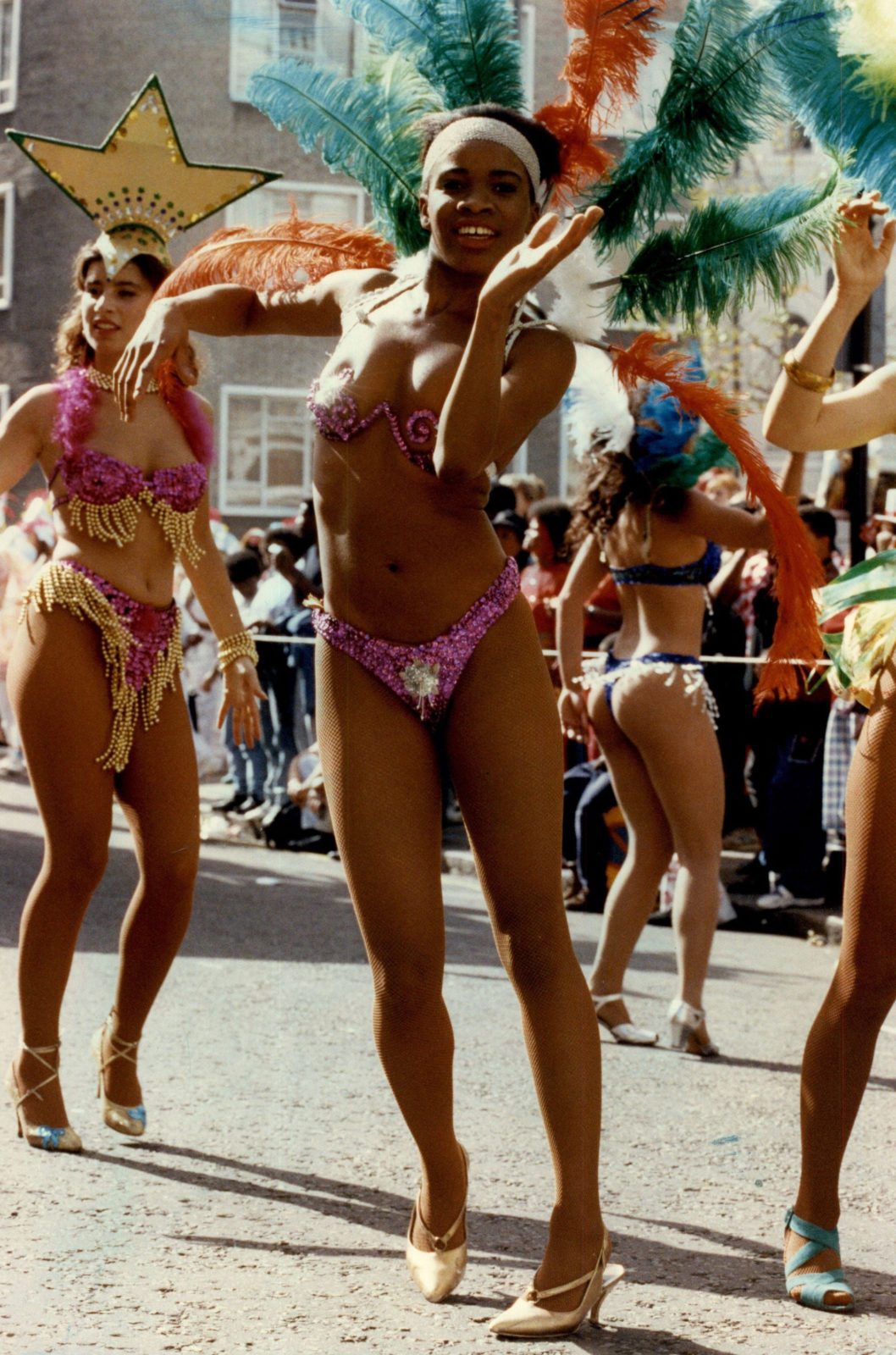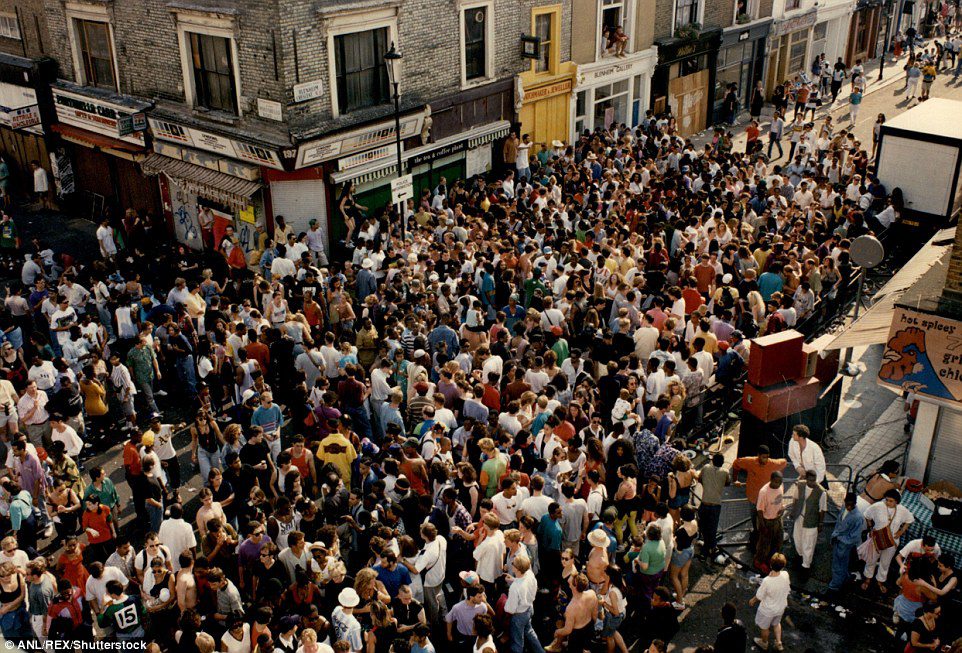Following the arrival of the SS Empire Windrush on June 22, 1948, more than 300,000 Caribbean residents arrived in the United Kingdom. By the 1950s Brixton and Notting Hill had the largest Caribbean population in Britain.
Notting Hill was also a bastion for Oswald Mosley’s Union Movement during this time, a far-right movement that energised the local white working-class people to “Keep Britain White.” Attacks on the Black communities of Notting Hill, London, and Nottingham began in 1958-59 under the slogan of “Keep Britain White,” resulting in the killing of Antiguan-born carpenter Kelso Cochrane.
In reaction to these attacks and rising tensions, Trinidadian-born activist Claudia Jones, founder of the West Indian Gazette newspaper, organised a Caribbean Carnival in St. Pancras Town Hall on January 30, 1959. Jones’ Carnival was envisioned as a way to demonstrate solidarity and strength within the growing Caribbean populations, as well as to alleviate underlying tensions.
Later that year, community activists Rhaune Laslett and Andre Shervington organised a street festival to entertain local children while also aiming to calm tensions. To promote participation from the local Caribbean community, well-known Trinidadian singer Russell Henderson consented to take part and changed the festival into a carnival by including a procession and the usage of the steel pan.
This event signalled the start of the annual Notting Hill Carnival, with the progressive introduction of Caribbean aspects such as additional bands and costumes. By 1974, 100,000 individuals and a dozen bands had taken part, and in 1975, static sound systems were installed, introducing Jamaican reggae, dub, and ska music alongside traditional calypso and soca.





